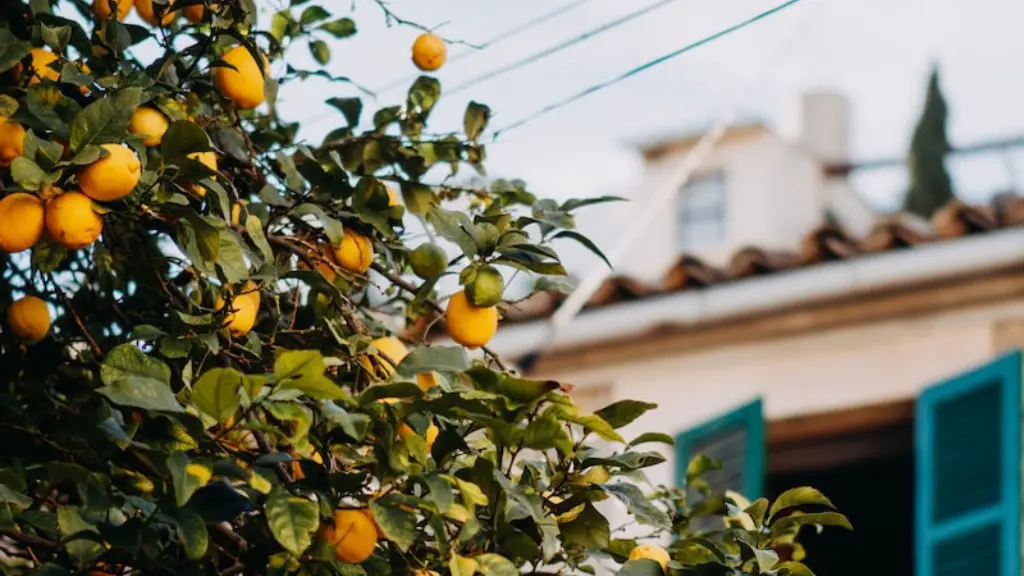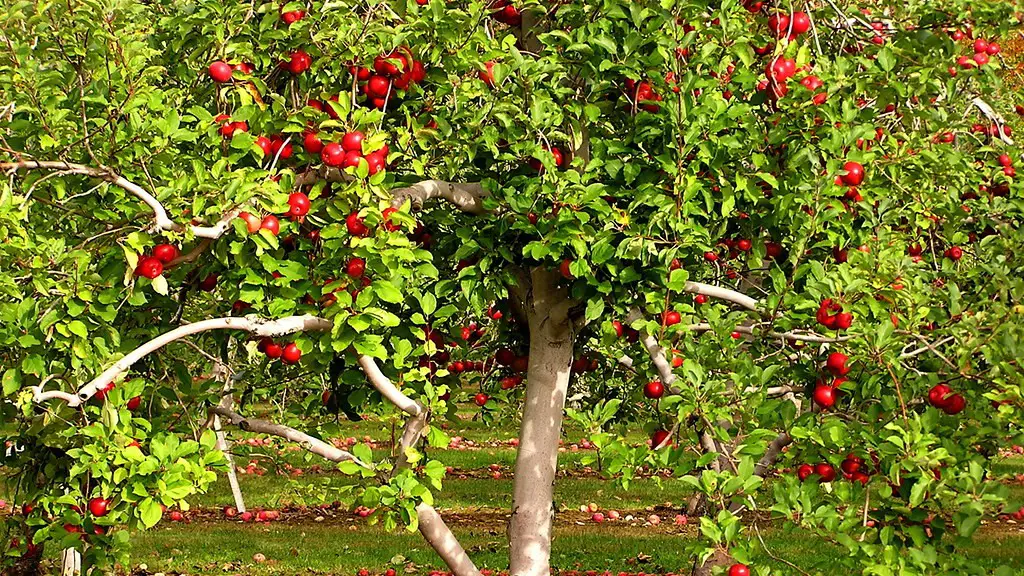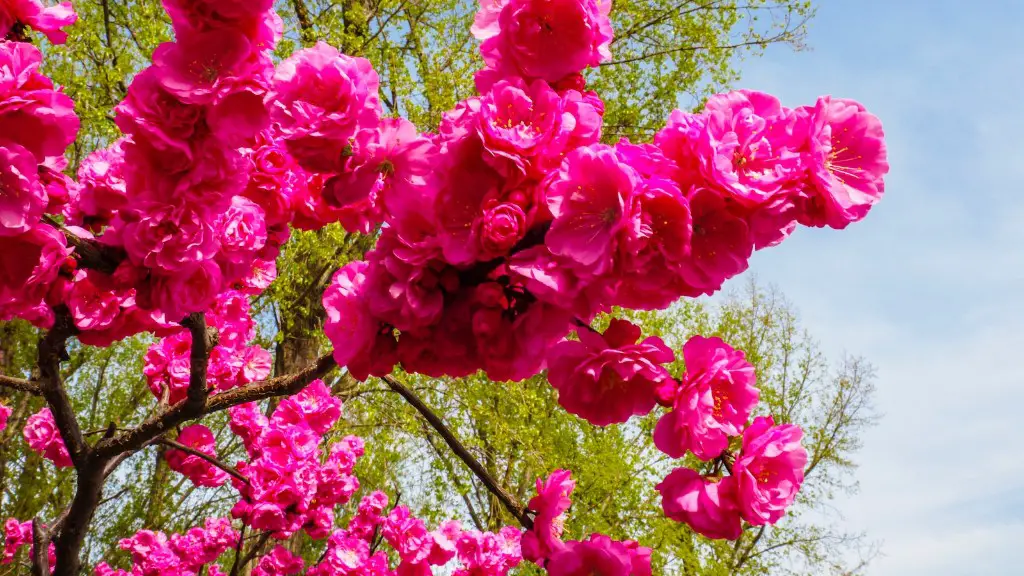Repotting a meyer lemon tree is an important part of its care. This is because the tree will be limited in growth and thriving potential until it is moved to a larger pot or root pruned and placed back in the current pot. By learning when to do this, gardeners can make sure that their meyer lemon tree is always at its best.
When determining whether or not to repot the meyer lemon tree it is important to understand the needs of the tree. The meyer lemon tree is a moderate grower and needs more room than some other varieties of citrus trees. The tree will require repotting quicker than some other types, after every 2-3 years. Additionally, the wintertime is typically a better time than the summer to repot the tree, as the tree should not be disturbed or stressed during its summer growth period.
In order to determine when to repot the tree it is necessary to check the roots. If the pot is full of roots and the tree looks crowded, it is time to repot. Additionally, if the tree has become rootbound, meaning the roots are circling the bottom of the pot, then repotting is required. Finally, if the tree has outgrown its pot and looks asymmetrical in shape, it is certainly time to repot.
In order to repot the meyer lemon tree several steps must be taken. Care must be taken to ensure that the tree is not disturbed too much during the process. The pot should be chosen carefully and should have ample drainage. If the tree is being placed in the same pot, it is important to root prune and remove some of the roots before re-potting. Soil must be chosen and prepared properly and placed into the pot. Finally, the tree should be watered well and mulch added.
Choosing the Proper Pot
When repotting a meyer lemon tree, it is important to choose the proper pot. Clay pots are a very popular option and will allow for excellent drainage. These pots come in a variety of color and design options and are more expensive than other materials. Plastic pots can also be used. These pots also provide ample drainage but retain moisture better than clay pots. Plastic pots come in an array of colors and styles, making them very versatile and attractive. Finally, fabric pots are another option for houseplant growers. These pots are lightweight and come in an array of sizes and are made of breathable materials. Pots for meyer lemon trees should be chosen carefully and should always be two sizes larger than the current pot in order to allow for proper growth of the tree.
Soil Preparation
Once the meyer lemon tree has been placed in its new pot, it is important to add the correct soil. The soil should be a mixture of equal parts peat moss, top soil, perlite, and sand or compost. This will allow for excellent drainage, aeration, and nutrient delivery to the tree’s roots. The soil should also be mixed with water and allowed to drain completely before it is added to the pot with the tree.
Watering the Tree
Watering the newly-planted meyer lemon tree is a key part of the process. The tree should be watered immediately after planting and monitored after that. It is necessary to allow the soil to dry out between watering. Gardeners should monitor the soil to make sure that it does not dry out too much or become overly damp. A watering schedule should be determined once the correct amount of moisture has been gauged.
Fertilizer
In addition to proper watering and soil preparation, meyer lemon trees should be fertilized regularly. Fertilizing the tree should begin shortly after planting and then continue on a bi-monthly schedule during the growing season. Compost or an organic fertilizer with a 3-1-2 ratio is highly recommended for this type of tree. Fertilizer should be added in small amounts to allow for even absorption in the soil and should never exceed recommended dosages for citrus trees.
Mulching
Mulching the meyer lemon tree is an important step in providing protection for the soil and tree. Mulch helps to protect the soil from becoming too dry, provides protection to the roots, and helps to suppress weeds which can compete with the tree for nutrients. Mulch should be added after the tree has been repotted and water and fertilizer have been applied. A variety of organic mulch materials can be used, such as straw, wood chips, and shredded bark. The mulch should be spread around the tree in an even layer and should not be applied too close to the trunk.
Monitoring
Repotting a meyer lemon tree is a process that should be carefully monitored. It is important to make sure that the tree is not disturbed too much as this could lead to shock. The tree should be watered regularly and pests monitored for and treated as necessary. Gardeners should monitor to make sure that the tree is thriving and that the leaves are green and healthy. Additionally, it is important to make sure the tree is getting enough sun and shade so that it remains in good overall health.
Correct Repotting Procedure
In order to ensure safe and successful repotting of a meyer lemon tree, certain steps must be followed. The tree should be removed from its current container, the old soil and roots examined, and then pruned or trimmed as necessary. A new pot should be chosen, taking care to select one of a size appropriate for the tree’s age, and drainage must be ensured. A soil mixture should then be prepared and added to the pot and the tree placed back into it and watered. Finally, after the tree has been watered and allowed to drain, mulch should be added and the tree monitored for signs of stress or distress.
Preventing Stress
Repotting a meyer lemon tree comes with risks as the tree can be easily stressed if not done properly. In order to reduce the chances of stress, gardeners should repot during the winter months and keep the tree in a sunny area which is not exposed to strong winds, rain, or drafts. The tree should also not be moved too much during the repotting process and the process should not be rushed. Every effort should be taken to keep the tree’s roots and leaves safe and secure as much as possible.
Post Repotting Care
Once the meyer lemon tree has been repotted, it is necessary to give it the best chance of surviving and flourishing. The tree should be monitored regularly to make sure that the soil is draining properly and to make sure the tree is getting enough sun and receiving proper nutrients. Additionally, pest control should be monitored and tree should be pruned as necessary. Finally, watering should be done with care, allowing the soil to dry slightly between waterings but not allowing the tree to become too dry.



